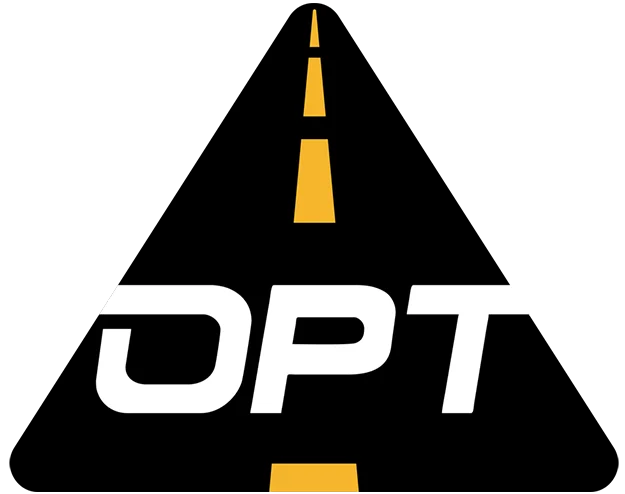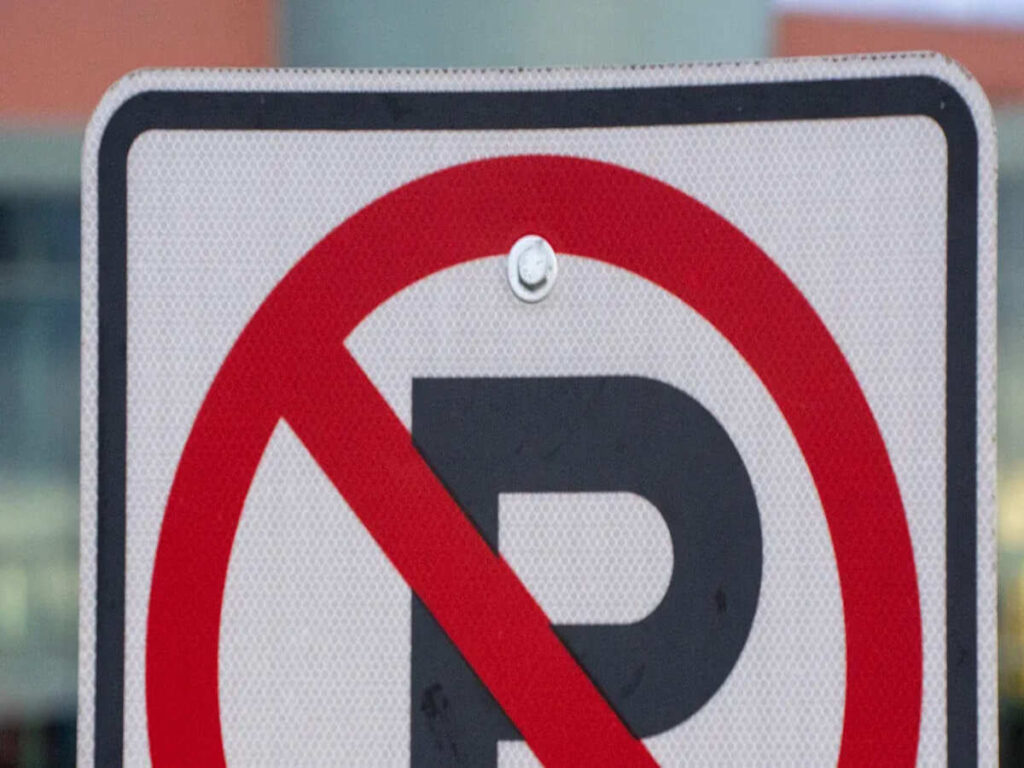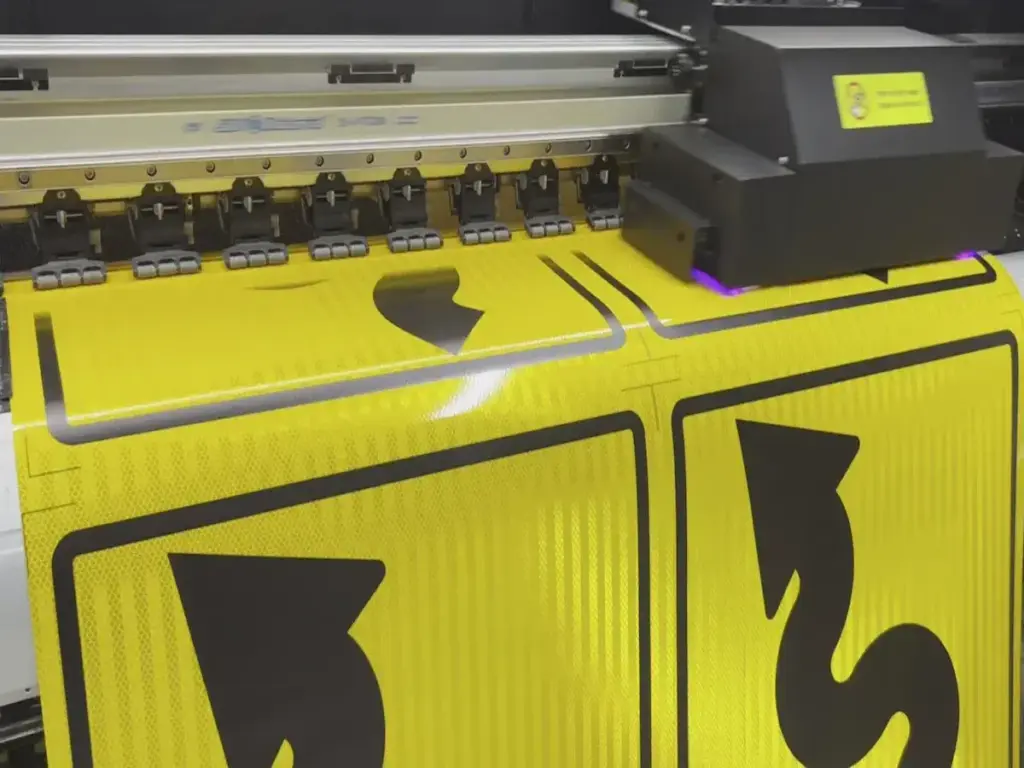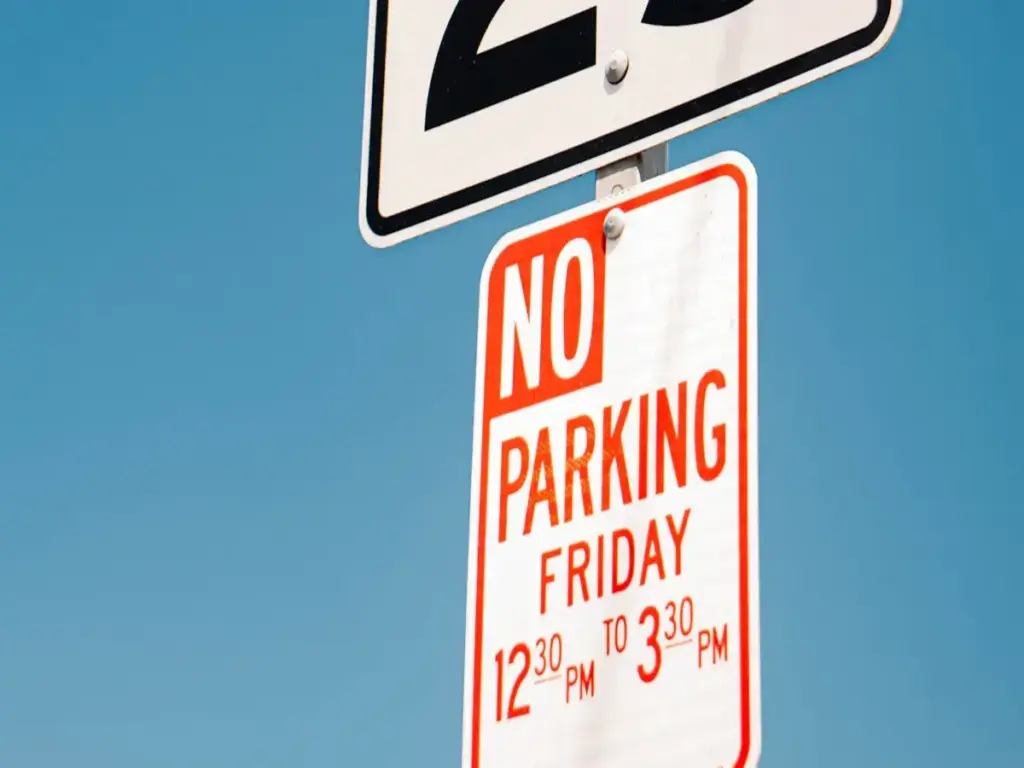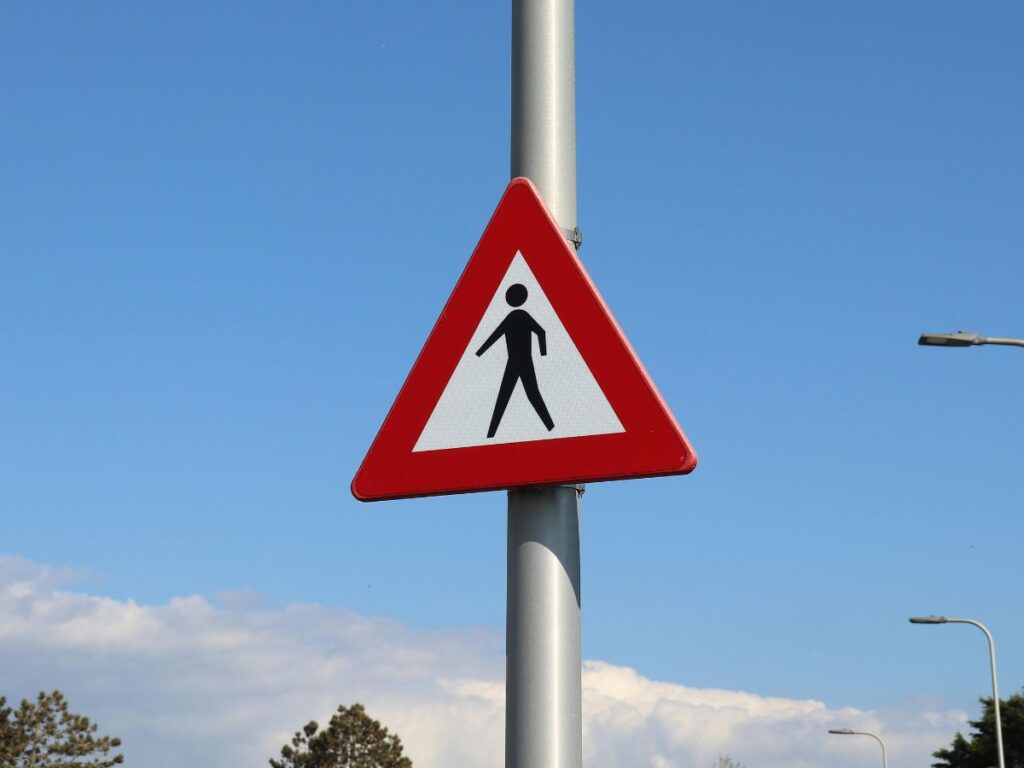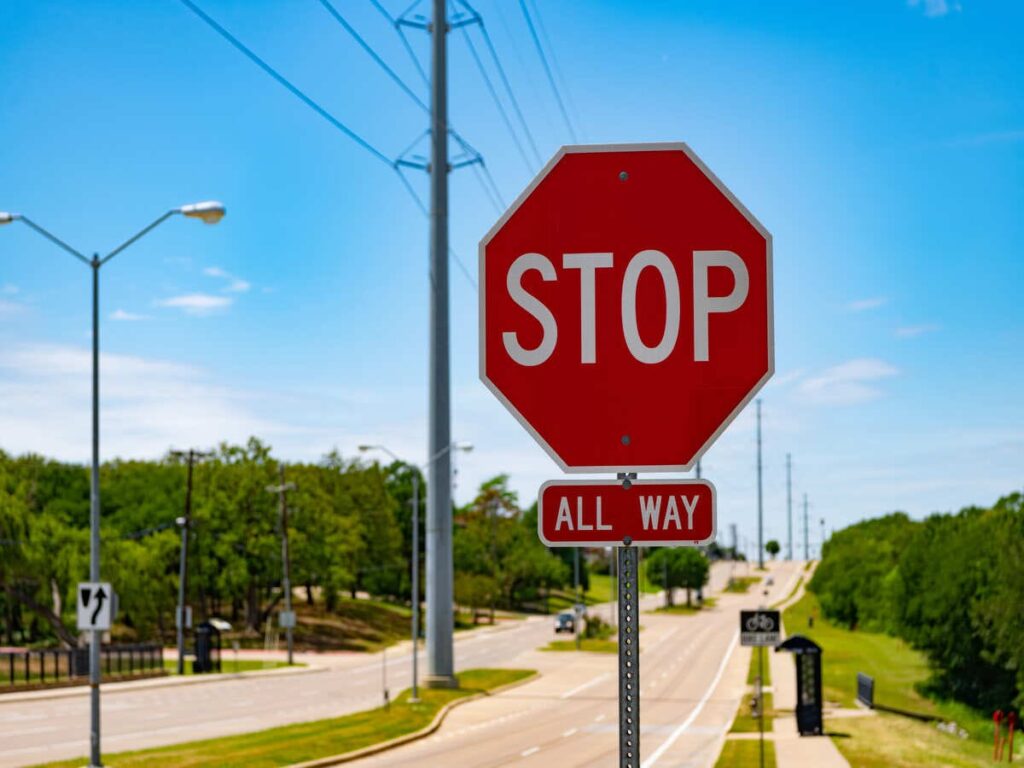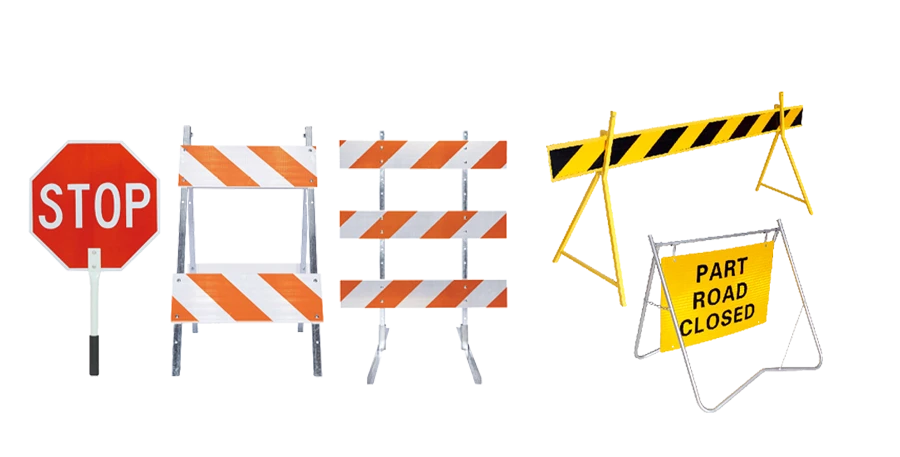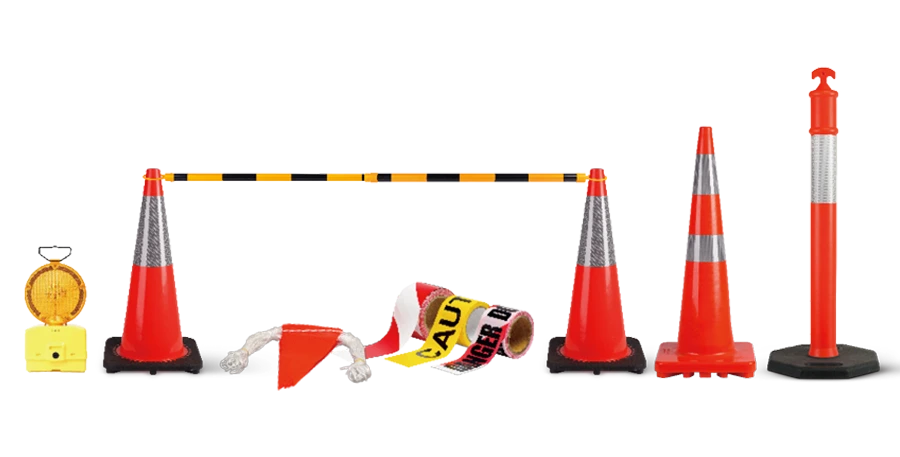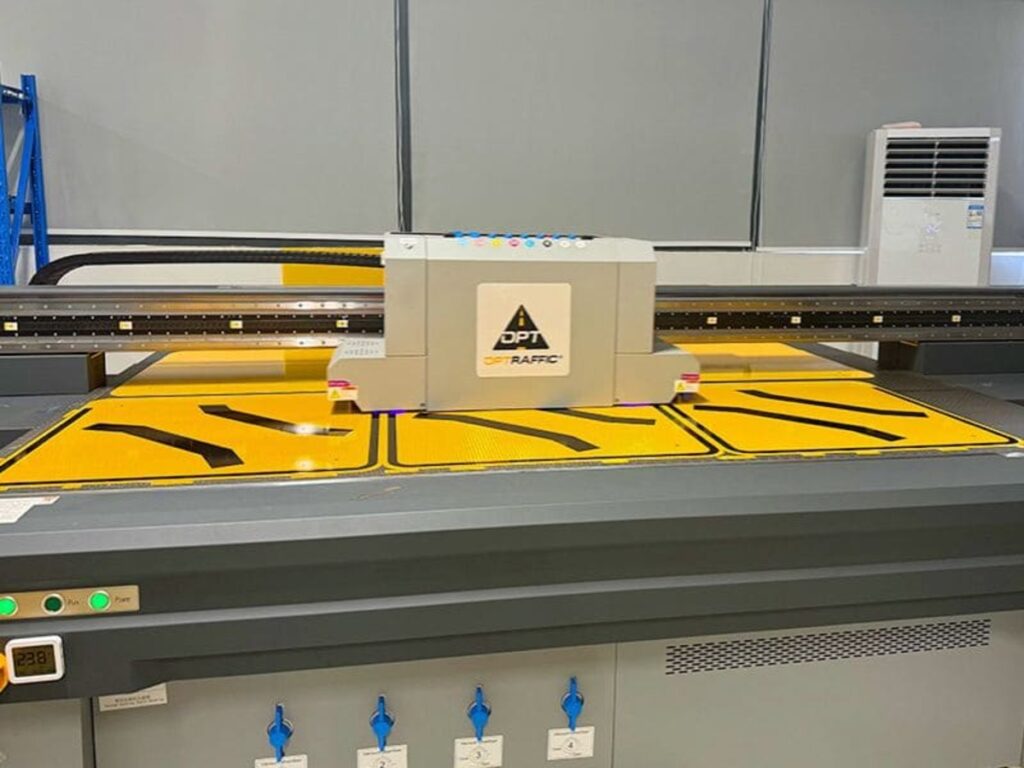
Recent changes to U.S. tariffs have made new problems for traffic sign makers. Steel and aluminum tariffs now include more items and have higher costs. These materials are very important for making strong and easy-to-see signs for roads. Makers have to pay more and must work fast to handle supply chain risks. Buyers also need to change how they deal with new prices and rules.
As a global traffic sign manufacturer, OPTRAFFIC is committed to providing high-quality signs. Despite the pressures from tariff increases, our stable supply chain ensures that we can maintain competitive prices for our customers. Whether you’re looking for bulk purchases or specific customizations, ऑप्टट्रैफ़िक offers discounted pricing for large orders. आज हमसे संपर्क करें to learn how we can support your traffic signage needs with reliable, लागत-प्रभावी समाधान.
Traffic sign makers must watch closely and change plans as tariffs change the business.
चाबी छीनना
- हम. tariffs on steel and aluminum make signs cost more. This causes higher prices for signs. Cities may have trouble with their budgets.
- Traffic sign makers have problems getting supplies because of tariffs. They must watch shipments closely. They need to look for other suppliers.
- Buyers can handle higher costs by planning budgets well. They can buy many signs at once. Long-term contracts help keep costs steady.
- Using other materials can help sign makers spend less money. They do not need to use only steel and aluminum. They can still make safe and good signs.
- Learning about tariff changes helps companies act fast. Being part of rule-making helps them avoid big mistakes.
Overview of Steel and Aluminum Tariffs
Expansion of Tariffs
हाल के वर्षों में, अमेरिका. government has expanded its steel and aluminum tariffs to cover a broader range of products. On January 11, 2018, अमेरिका. Secretary of Commerce submitted a report stating that steel articles were being imported into the United States in such quantities and under circumstances that threatened to impair national security. The Secretary made a similar finding regarding aluminum articles on January 19, 2018.
In Proclamation 9705, issued on March 8, 2018, and Proclamation 9980, issued on January 24, 2020, President Trump concurred with the Secretary’s findings and imposed a 25% tariff on steel articles and aluminum articles imported from most countries. The tariffs aimed to address the national security threat posed by imports of steel and aluminum articles and their derivatives.
On February 10, 2025, Proclamation 10896 (for steel) and Proclamation 10895 (for aluminum) were issued, extending the 25% tariff on steel and aluminum articles and their derivatives imported from all countries. On June 4, 2025, a further adjustment was made, raising the tariff rate from 25% को 50% for steel and aluminum articles and their derivatives.
Recent Rate Increases
As of June 4, 2025, the tariff rate on steel and aluminum articles, and their derivatives, will be increased from 25% को 50%. This increase will affect industries that rely on these materials, including manufacturers of traffic signs, who depend on steel and aluminum for production.
The higher tariffs are expected to result in increased costs for raw materials, which may impact the pricing of traffic signs and other infrastructure products. The production of these products could become more expensive as the cost of imported steel and aluminum rises due to the tariff adjustment.
अमेरिका का प्रभाव. Tariffs on Traffic Sign Production
Cost Implications for Traffic Signs
Steel and aluminum tariffs have changed how companies spend money. अब, companies pay a lot more for steel and aluminum. इसके कारण, they have to raise their prices. Small and medium businesses make less money as costs go up. Local producers try to help, but they do not have enough resources.
- टैरिफ के कारण सामग्री की लागत अधिक हो जाती है, इसलिए traffic sign projects cost more.
- Local producers get more orders but cannot always keep up, so there can be delays and shortages.
- Small and medium companies lose money because their costs are higher.
- आपूर्ति शृंखला के माध्यम से लागत बढ़ने पर सभी के लिए कीमतें बढ़ जाती हैं.
People who buy traffic signs see these changes in bids and bills. Each sign costs more, so cities need bigger budgets. हम. tariffs make it hard for buyers to guess future prices. Makers must find ways to keep prices fair and stay open.
Higher tariffs make everyone pay more for traffic signs, from makers to city workers.
Disruptions in the Supply Chain
Steel and aluminum tariffs have caused big problems for the traffic sign industry. The price of imported aluminum sheets goes up, so it is hard for makers to stay on budget. Local producers try to fill the gap, but they cannot always do it. New rules make things even harder.
| साक्ष्य बिंदु | विवरण |
|---|---|
| Increased Material Costs | Tariffs make imported aluminum sheets cost more, so project budgets get tighter. |
| Local Producer Strain | Local makers have trouble meeting higher demand, so there can be shortages. |
| Compliance Complications | Tariffs make it harder to follow rules, which slows down the supply chain. |
Makers must watch shipments closely and act fast if there are delays. Some companies try to find new suppliers, but there are not many choices. The whole process slows down, so traffic sign projects take longer. हम. tariffs make the industry change how it gets materials and plans work.
Manufacturer Challenges Under Tariffs
Production Delays Due to Higher Tariffs
Traffic sign makers have many problems because of tariffs. The cost for steel and aluminum is higher now. This makes it harder to make signs quickly. Some companies have to wait or even stop their projects. के बारे में 60 percent of developers have delayed or stopped work. Prices keep going up and the supply chain has issues. Unistress Corp. in Pittsfield, मैसाचुसेट्स, had to lay off 233 कार्यकर्ता. Two big contracts were paused, so people lost jobs. These problems hurt companies and also the towns that need new signs.
Makers must wait longer for steel and aluminum to arrive. When prices rise, suppliers cannot always meet demand. Some companies look for new places to buy materials. This takes more time and adds extra steps. Delays can last weeks or months. Cities and states find it hard to plan road work. The whole industry feels stress as tariffs keep changing things.
When production slows down, there are fewer signs on roads. People have to wait longer for safety upgrades.
Strategic Sourcing Adjustments
Makers must change how they buy materials to keep going. They try to buy from local suppliers, but these do not always have enough. Companies also use other materials or buy new machines. These changes help lower costs and keep work moving.
The table below lists the main problems makers face:
| चुनौती प्रकार | विवरण |
|---|---|
| Increased Raw Material Costs | Tariffs make steel and aluminum cost more. |
| Higher Component Tariffs | More taxes on parts like electronics raise costs. |
| Rising Transportation Expenses | Tariffs make shipping and moving goods cost more. |
| Compliance and Regulatory Costs | More rules and paperwork make work harder. |
| Financial Risks from Currency Fluctuations | Money changes make imports and production cost more. |
| Operational Adjustments | Makers must change supply chains and buy new tech, जो अधिक लागत है. |
Makers must watch the market and change plans often. They need to think about cost, गुणवत्ता, और गति. Smart choices help them keep up with demand and avoid long waits.
Considerations for Buyers in the Tariff Era
Effective Budget Planning Amid Price Hikes
Buyers have new problems because steel and aluminum tariffs make traffic signs cost more. Cities and groups need to plan carefully to handle these higher prices. Many buyers use smart ways to manage their supplies. This helps them save money and get signs when they need them. Teams look at facts and numbers to decide what to buy and when. Buying in big amounts can help save money. Some buyers save 15-20% when they order a lot at once. Long contracts help buyers know what they will spend later. Some buyers put more money into places that need signs most. This makes sure important roads get signs first.
| रणनीति | विवरण |
|---|---|
| Smart Inventory Planning | Helps manage costs well and makes sure signs arrive on time. |
| Data-Driven Procurement | Uses facts to make good buying choices and helps budgets. |
| थोक खरीदारी | पैसे बचाता है; buying a lot at once can cut costs by 15-20%. |
| दीर्घकालिक अनुबंध | Makes costs steady and helps buyers plan for the future. |
| Prioritizing High-Risk Areas | Puts money where signs are needed most, so budgets work better. |
बख्शीश: Buyers who plan ahead and use facts can make their money go further, even when tariffs change prices.
Contractual Strategies for Navigating Tariffs
Contracts are different now because tariffs and aluminum imports change prices. Buyers and sellers write contracts that say who pays the tariffs. This stops confusion and helps both sides plan for extra costs. Many contracts have rules to change prices if new tariffs come up. Suppliers can change prices when their costs go up. These steps help buyers and sellers deal with sudden price changes.
| Provision Type | विवरण |
|---|---|
| Explicitly Specify Which Party is the Importer | This rule says who pays the tariffs, so there are no fights about it. |
| Explicitly Allocate Tariff Costs | Contracts say who pays the tariff costs, इसलिए कम भ्रम है. |
| Mandate Tariff-Triggered Price Renegotiations | This rule makes both sides talk about prices again if new tariffs start, so everyone can adjust. |
| Include Price Adjustment Rights | This lets suppliers change prices when tariffs go up, so costs are shared fairly. |
Buyers who use these ideas can handle risks from steel and aluminum tariffs better. Clear contracts and smart planning help keep projects moving and budgets safe.
Adapting to Steel and Aluminum Tariff Changes
Exploring Alternative Materials
Traffic sign makers are now searching for new materials. They want to use less steel and aluminum. Many companies try out different materials to save money. They also want to keep their signs strong and safe. These new materials have special benefits. Some help signs last longer. Others make signs work better in bad weather.
Here is a table showing some of the main alternatives and their advantages:
| सामग्री प्रकार | मुख्य लाभ |
|---|---|
| Composite materials | Enhanced durability, improved impact resistance |
| Polycarbonate composites | लाइटवेट, जलरोधक, यूवी प्रतिरोधी |
| Die-cast aluminum composites | मौसम प्रतिरोधक, mechanical strength |
| Injection-molded polypropylene | ताकत, FLEXIBILITY, resistant to cracking and peeling |
| Profile aluminum | Moderate weather resistance, customizable dimensions |
| Recyclable materials | Minimal environmental impact, aligns with sustainability efforts |
Makers pick these materials to avoid high tariffs. They also want to stop supply chain problems. Polycarbonate composites and injection-molded polypropylene keep signs strong and bendy. Recyclable materials help the environment. Using these choices lets companies finish projects and control spending.
बख्शीश: Picking the best material helps makers save money and keep signs safe.
Engaging in the Regulatory Process
Makers can do things to handle changing tariffs. They follow steps to obey the rules and try to shape new ones. Knowing the rules helps companies plan and avoid trouble.
The table below outlines important regulatory steps:
| Regulatory Process | विवरण |
|---|---|
| Tariff Implementation | Tariffs on steel and aluminum start for entries after 12:01 a.m. (Eastern Time) on March 12, 2025. |
| Customs Requirements | Importers must identify steel and aluminum content and provide details to U.S. Customs and Border Protection (CBP). |
| Petition Process | हम. producers can request to add more products to the tariff list within 90 days of the proclamation. |
| Duty Drawback | No duty drawback is available for these special duties, which encourages domestic sourcing. |
| CBP Guidance | CBP gives advice to help importers follow the new rules. |
| प्रवर्तन | CBP enforces tariffs and checks for misclassification, with penalties for violations. |
Makers can send petitions during review times to talk about new tariffs. They also work with CBP to make sure shipments follow the rules. Being active in the process helps companies change fast and not make costly mistakes.
टिप्पणी: Talking early with rule makers helps companies get ready for changes and protect their business.
Future Outlook on Steel and Aluminum Tariffs
Emerging Policy Trends
Experts think high tariffs on steel and aluminum will last five more years. These tariffs will probably cover even more products soon. Some new items will get taxed that were not before. The government keeps adding more things to protect U.S. कंपनियों. Businesses that use steel and aluminum must get ready for higher costs. Some workers may lose their jobs because of these changes. Many people believe more products will be added to the tariff list. This makes it tough for makers to know what they will spend.
- High tariffs will stay until 2030.
- More products will be taxed in the future.
- Companies might pay more and hire fewer people.
Companies need to watch for new rules and change their plans to keep up.
Industry Adaptation to Long-Term Tariff Effects
Traffic sign makers now pay more to make signs because of new tariffs. Some say the price of sign sheeting could go up by 25%. This means companies must change how they buy materials and run their business. Many look for new suppliers and try to work better and faster. The industry is also finding new ways to get materials to help with high tariffs. Companies spend money on new machines and better ways to work to save money.
Makers must change fast to handle these problems. They check contracts with suppliers and try to spend less. Some buy from U.S. कंपनियों, while others make better deals with sellers from other countries. Working better is important as tariffs keep changing the market.
| Adaptation Strategy | Expected Benefit |
|---|---|
| Alternative sourcing | Lower material costs |
| Efficiency improvements | Faster production, कम अपव्यय |
| Supplier diversification | Reduced risk of shortages |
Being ready to change and act fast helps companies deal with tariffs and keep making signs.
Traffic sign makers and buyers now pay more because of tariffs. They also have trouble getting materials and must follow new rules. Almost all suppliers deal with both steel and aluminum tariffs. Most are worried about problems with their own suppliers. Teams try to save money by using more suppliers and planning better. They also keep extra materials in stock and think about different problems that could happen. Some companies spend money to make more signs in the U.S. They also change prices when needed. Talking often and using facts helps everyone know what to expect. This keeps projects moving forward.
अक्सर पूछे जाने वाले प्रश्न
What is the tariff on aluminum and steel?
The tariff on aluminum and steel varies depending on the product and country of origin. हाल के वर्षों में, अमेरिका. has imposed tariffs ranging from 25% को 50% on steel and aluminum imports, particularly those from countries like China. These tariffs are part of trade policies intended to protect domestic industries.
Has inflation gone up since Trump’s tariffs?
हाँ, the tariffs have contributed to inflationary pressures, particularly in industries reliant on steel and aluminum, such as automotive manufacturing and construction. The higher costs of raw materials have led to increased prices for goods and services.
How do tariffs affect traffic sign prices?
Tariffs make steel and aluminum cost more. Makers have to pay extra for these materials. This means cities and buyers pay more for traffic signs. Budgets need to change to pay for the higher prices.
Can manufacturers use other materials for traffic signs?
Makers look for other materials like polycarbonate composites and recyclable materials. These choices can help save money and stop supply chain problems. Some new materials also make signs last longer and work better in bad weather.
What should road sign importers consider when purchasing products during tariff increases?
Importers should carefully consider their suppliers’ pricing strategies, as the tariffs will likely affect the cost of importing steel and aluminum-based traffic signs. It is advisable to negotiate long-term contracts or look for alternative suppliers to lock in lower rates before tariffs increase further.
Are there specific road signs more affected by aluminum tariffs than others?
हाँ, traffic signs that rely heavily on aluminum for visibility and durability, such as reflective street signs, will be particularly affected by aluminum tariffs. These signs often require high-quality aluminum for optimal retroreflectivity and resistance to weathering.
What steps can buyers take to manage tariff risks?
Buyers use long contracts, buy in bulk, and plan inventory smartly. These ways help keep costs down and make sure they have enough signs. Good contracts also say who pays for tariff costs.
बख्शीश: Buyers who plan ahead and use facts can handle price changes better.
Where can companies learn about new tariff rules?
Companies check for updates from the U.S. Department of Commerce and Customs and Border Protection. They also join groups in their industry to get news and advice. Staying up to date helps companies change fast.
